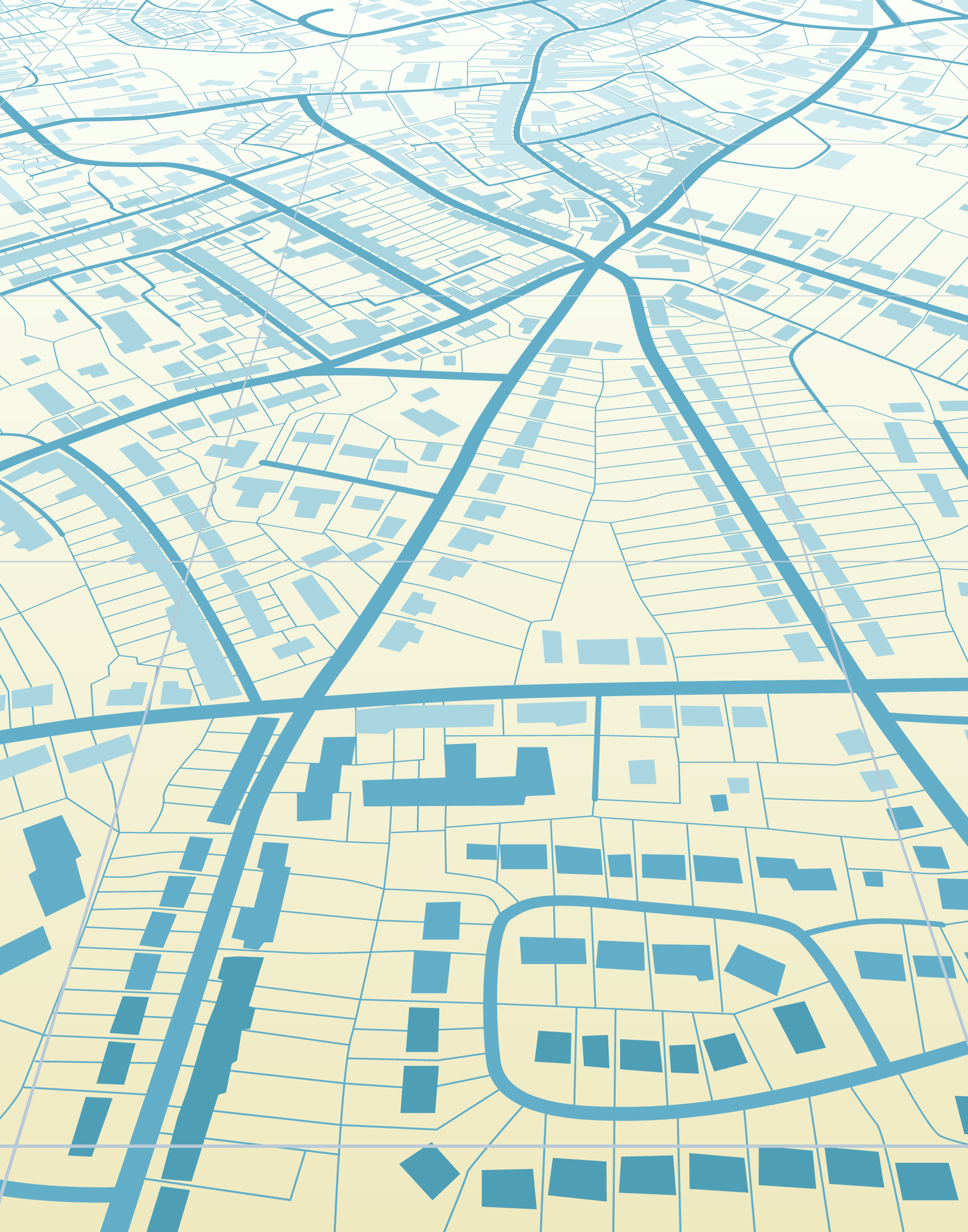While Euclidean zoning has been credited with segregating developments that have incompatible uses – a chemical plant next to a school or a landfill right up against a residential district, for a couple of examples – it has a record of going too far.
In some cases, planners “decided that absolutely everything should be separated from absolutely everything else,” says an Amsterdam-based man who goes by the handle Not Just Bikes. “It is,” he says, “a big source of problems with North American city design.”
The result has created conditions in which only homes and nothing else can be built in areas zoned for residential use.
But, as Not Just Bikes points out in one of his many videos, this “was not always the case” in North America. Before being outlawed by zoning codes, residential and commercial properties, such as restaurants and small shops, were often built next to each other, and frequently one on top of another.
Some of these mixed-use districts still exist, having been grandfathered into the framework of modern zoning. They tend to be “some of the most desirable, and expensive, neighborhoods,” he adds. “But despite their appeal, new neighborhoods will never be built this way again.”
While some U.S. policymakers want to see more mixed-use neighborhoods, the projects they support – typically subsidized with public monies – tend to be connected to transit hubs. Livability is not their primary concern. Nudging more and more people out of their cars and herding them into public transit is.
Nolan Gray, author of “Arbitrary Lines: How Zoning Broke the American City and How to Fix It,” believes “a lot of our planning capacity in the U.S. gets wasted on zoning-related efforts that, I would argue, don’t actually improve people’s quality of life.”
What makes a city livable is of course subjective. It’s obvious that many want to live in urban areas where they can walk or bike to shops, restaurants and other frequented destinations, and public spaces are plentiful. Others, however, prefer layouts where almost all travel has to be done by car. Either way, cities are freer and more livable when the solutions to their inevitable problems regarding growth percolate from the bottom up rather than dictated by central planners. The “dizzying array of regulations, environmental and otherwise, and a host of agencies,” which Harvard Economist Edward Glaeser says has made it hard to build housing in New York, also contribute to the frustrations of living in any urban area.
Cities need to be liberated from the tyranny of government functionaries who believe it’s their job to impose order. As urbanist Alain Bertaud has made clear, interventionist design based on slogans such as “smart growth” and “sustainability” is not necessary to achieve order. That happens spontaneously when individuals are free of authorities’ coercion.
Kerry Jackson is a fellow with the Center for California Reform at the Pacific Research Institute.

